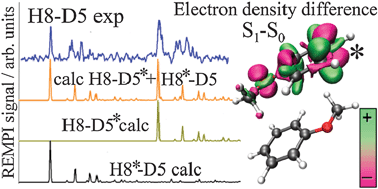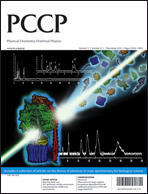Integrated experimental and computational spectroscopy study on π-stacking interaction: the anisole dimer
Abstract
Integrated experimental and computational results help to clarify the nature of the intermolecular interactions in a simple, isolated π-stacked dimer prepared in a molecular beam. The properties of bimolecular


 Please wait while we load your content...
Please wait while we load your content...